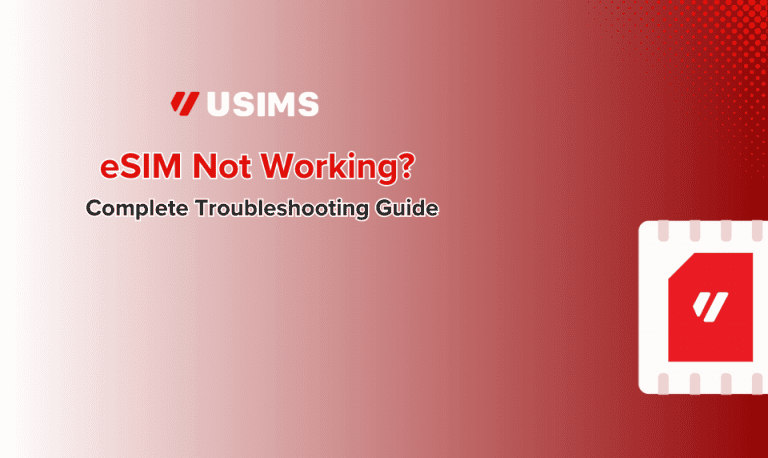Blog
Today, every current iPhone ships with at least one eSIM slot—this guide walks you through everything a traveler needs to know: compatible models, activation methods, dual‑SIM tricks, and how USIMS makes the process even easier.
Stay Connected in Middle East & Africa with …
Planning a European adventure? Traditional international roaming plans can cost hundreds of dollars, but there's a smarter solution: eSIM technology from USIMS.
According to the UN, France is the most popular tourist spot in the world.
eSIM not working? Get instant fixes for activation failures, no service errors, and QR code problems. Complete 2025 troubleshooting guide with easy solutions.
Learn about Bali travel essentials stress-free. Discover how to pack light, navigate cost-effective travel, and prepare for international requirements.




